Yeah for sure ,
This is a pen i made a few months back , It's sloppy prototype code , but maybe it will be of some help.
https://codepen.io/miaklwalker/pen/JjdvyvK
This is the important bit of code
class ImageWrapper {
constructor(size,name) {
this.id = makeUniqueId(23,3);
this.size = size;
this.name = name;
this.img = this.init();
}
init(){
const {dimensions} = this.size;
const [width,height] = dimensions.split('x');
let imgWrapper = document.createElement('div');
imgWrapper.width = width;
imgWrapper.height = height;
imgWrapper.classList.add('img-wrapper');
imgWrapper.classList.add(this.size.size);
let a = document.createElement('a');
a.width = `${width}px`;
a.height = `${height}px`;
imgWrapper.append(a);
a.classList.add(`img-id-${this.id}`);
return imgWrapper;
}
addImg(img){
this.img.append(img);
}
addName(name){
this.name = name;
const contentStyle = `
.img-wrapper:hover > a.img-id-${this.id}::after{
content:'${this.name}';
}`;
document.styleSheets[0].insertRule(contentStyle);
}
}
The big thing this does is create a custom CSS class for this object with a unique id
and then attaches that unique ID to the element
Like i said this was sloppy prototype code but the idea is valid
BASICALLY
- Write Text
- Create a unique class or ID for the image
- Create some CSS code that accomplishes what you want
- Then make a function that generates the css with the text you want and the unique class selector
- attach that to your document either to the style sheet directly or just append the style element to the head of your document
/**
*
* @param length The Length of the id specified in character count
* @param idConfigString - [0 - 4 ] or [alphaNumeric ,alphaNumericLowerCase ,alpha ,alphaLower, alphaUpper]
* @returns {string} matching the length and config property
*/
function makeUniqueId(length,idConfigString = 4){
const NUMBER = 'NUMBER';
const LOWER = 'LOWER';
const UPPER = 'UPPER';
const alphaNumeric = () => Math.random() > .5 ? NUMBER : Math.random() > .5 ? UPPER : LOWER ;
const alphaNumericLowerCase = () => Math.random() > .5 ? NUMBER : LOWER;
const alpha = ()=> Math.random() > .5 ? UPPER : LOWER;
const alphaLower =()=> LOWER;
const alphaUpper =()=> UPPER;
const strategy = {
alphaNumeric,
alphaNumericLowerCase,
alpha,
alphaLower,
alphaUpper,
"0":alphaNumeric,
"1":alphaNumericLowerCase,
"2": alpha,
"3": alphaLower,
"4": alphaUpper,
};
const charTypes = {NUMBER:{min:48,max:57},UPPER:{min:65,max:90},LOWER:{min:97,max:122}};
const pickNumber = ({min,max})=> Math.floor(Math.random() * (max-min) + min);
const chooseChar = (ranNum) => String.fromCharCode(ranNum);
let i = 0;
let ID = '';
while(i < length){
ID+=chooseChar(pickNumber(charTypes[strategy[idConfigString]()]));
i++
}
return ID;
}
This is a little ID generator function i made that works really well for me
Hope this helps and that i understood your question correctly
let me know if you have anymore questions
